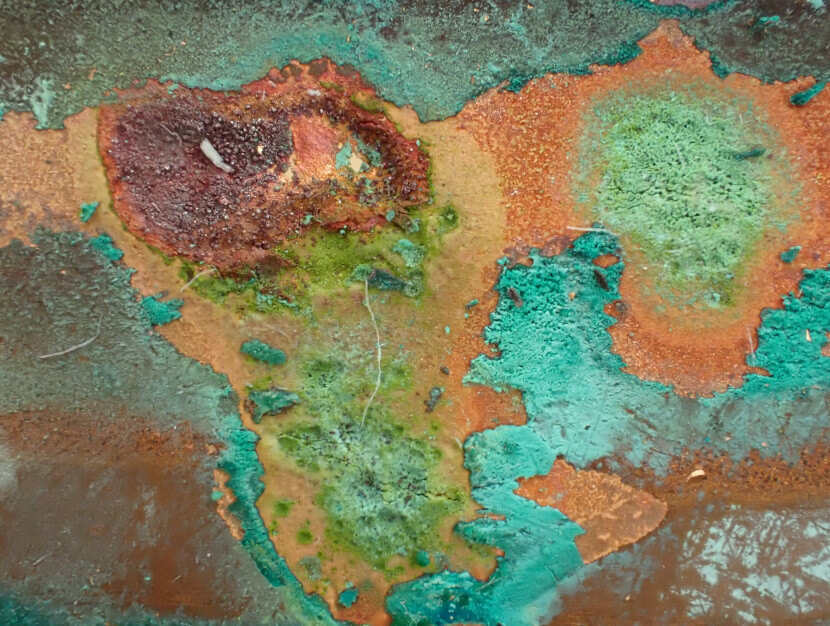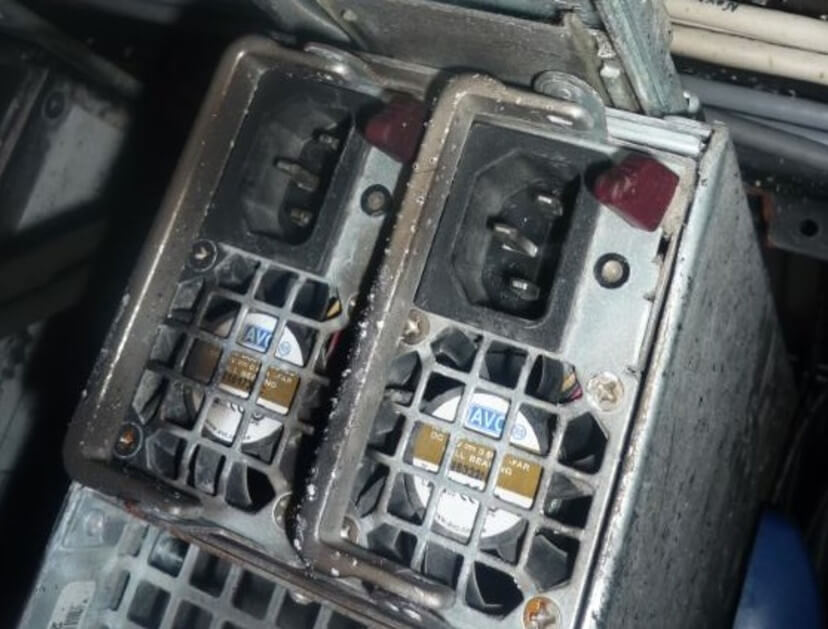How we can help
Solutions to meet your objectives
At Hawkins, our aim is to provide technical and scientific assistance to our clients, whilst being approachable and remaining commercially aware. The following list provides examples of issues we regularly deal with, but please contact us if you would like to discuss specific requirements.

Cover and repudiation
Since the beginning, we investigated all types of incidents to assist our clients making tough decisions.
This can include whether a policy is applicable to a claim, whether warranties apply, how the claim has arisen, and if there is any third-party negligence involved.
Defending third party claims
Our experts are familiar with working for both Claimants and Defendants.
With our depth and breadth of knowledge on a wide range of subjects, we can investigate third party claims and review the accuracy of other expert findings and reports. Many of our experts have worked in the field and can provide insight on common practises, guidance, and legislation.
Fraud identification
With a vast range of knowledge and experience, our experts are adept at the identification and investigation of potential fraudulent cases.
Their evidence gathering and swift reporting can assist to help clients make decisions regarding cover and if necessary criminal proceedings.
Quantum
Our experts are experienced in providing headline costs for repair, mitigation, or alternative solutions.
We can also review the claimed quantum, to check it is reasonable. For example, one of our civil engineers was able to estimate the costs in a foundation dispute, showing that the Defendant’s method was not the only viable option at that price, and so the Claimant’s full claim was justified.
Recovery
We can assist with identifying third parties, who might be liable for your incident, and determining whether a recovery might be possible.
Our experts are trained as expert witnesses and can provide support to a case throughout a recovery process if required.
Risk assessment & management
Hawkins takes a realistic, common-sense approach when assisting our clients to identify and implement practicable steps to reduce risks on their sites.
Having experience of what can go wrong allows us a unique perspective when advising our clients to help prevent similar losses occurring in the future.

COMMON RELATED QUESTIONS
GENERAL
All our experts receive working at height and confined space training. In addition, we have several licensed drone operators, allowing us to reach difficult areas safely, which might be totally inaccessible otherwise, examples of this include sink holes, or buildings at risk of collapse.
Absolutely. Our investigations often uncover crucial historical information such as aerial and satellite imagery, documents submitted with planning and building control applications, records from public authorities, news reports and archived manufacturer’s installation and maintenance manuals.
FIRE
Whilst there are situations where an investigation will not be viable, often more evidence remains than might be obvious to the untrained eye. For example, in the past our experts have been able to find traces of petrol in a room that appears to have been burnt out, or they have recovered components from a faulty dishwasher in a warehouse that had been reduced to a shell. We’re always happy to offer free advice and will tell you quickly if a building has sustained too much damage for an investigation to be possible.
Hawkins has over 40 years of experience in fire investigations, determining where and how a fire started. Using principles of fire spread, an understanding of fire behaviour and other techniques such as arc mapping and electrical fuse operation, we can create a picture of the sequence of events, allowing us to identify the seat of the fire and the likely causes.
ESCAPES OF FLUID
We frequently investigate water leaks after the pipework has been repaired. In many situations the inhabitants cannot be left without water, so an emergency repair must be carried out before the inspection can be arranged. Whilst we would always encourage building owners to retain the incident parts and have them replaced rather than repaired in situ, it is still often possible for us to examine the repaired parts in the laboratory and determine why they failed initially.
DIGITAL FORENSICS
Our cyber forensic team is experienced at extracting data from a variety of devices that have been involved in serious incidents. For example, it is often possible for them to retrieve CCTV footage from recording devices that have been moisture or fire damaged.
Yes, our digital forensics team are experts in examining the metadata properties of image and video files, as well as various other file formats, to determine when a file was created. Further information relating to the last modified date and time, device make and model, and GPS coordinates of a file can also be obtained from the file’s metadata properties.
It is possible to examine devices and files that are password protected due to the expertise of our digital forensics team and the suite of industry standard hardware and software we have in our toolkit. Some passwords are easier to crack, or bypass, compared to others. The skill and time required is very much dependant on the complexity of the password and the type of device or file it protects. We would suggest contacting our digital forensics team to discuss your enquiry so they can provide you with the most suitable and efficient options.
BUILT ENVIRONMENT
If the failure concerns structures at or below ground level (e.g. retaining walls, basements, utilities, roads, railways, tunnels, dams, slopes and embankments) then a civil engineer will probably be most appropriate. A civil engineer will usually be chartered through, and a member of, the Institute of Civil Engineers (ICE). If the failure concerns complex ground-structure interactions then a geotechnical engineer, a specialist civil engineer, may be required. If the failure concerns a structure above ground (e.g. a residential, commercial or industrial building, tower, freestanding wall, bridge) or specific elements of such a structure (e.g. cladding and facades) then a structural engineer will probably be most appropriate. A structural engineer may either be chartered through the ICE or through the Institution of Structural Engineers (IStructE). In other words, what is most important is the engineer’s experience and expertise, rather than the specific institution they are a member of.
Hawkins Built Environment team has a large team of civil, structural and geotechnical engineers, along with further specialists such as fire engineers, acousticians, hydrologists and architects. If you are unsure of what type of engineer you need, feel free to contact us for a free consultation to find out how we can help you.
Hawkins’ Geotechnical Engineers specialise in the investigation of soil-structure interactions including shallow and deep foundations, tunnels, basements, slopes and embankments. Our geotechnical engineers have Masters’ degrees in soil mechanics as well as on-site experience of site investigations and site supervisions
This depends on the nature of the defect and whether it was designed by an engineer or an architect. If you need a defect investigated, we can offer you free impartial advice to help guide you to understanding what type of investigation is most appropriate.
HYDROLOGY & FLOODING
Not necessarily. There are often other factors involved such as poorly designed/installed/maintained waterproofing or drainage infrastructure. We can identify these issues and undertake specialised analysis such as hydraulic modelling to assess the return period of the rainfall/flood event and determine whether or not the damage would have occurred in any event.
Yes. Industry standards recommend protective measures such as anti-flooding valves or pumps to prevent this from occurring.
ACOUSTICS
There is an international standard which describes an objective method by which audible alarms can be assessed for audibility. We can provide measurements of the alarm signal, and by comparing that with the ambient noise levels in the vicinity of the lister, can assess the likelihood that that alarm was objectively clearly audible. However, as individual hearing sensitivity differs from person to person, this must be taken into account.
Yes. Loss of good privacy between rooms is normally the result of poor sound insulation between the rooms or very low ambient noise levels. By producing high levels of ‘pink’ noise, we can usually determine the dominant paths by which sound is transmitted between rooms. We can also measure the ambient noise levels in the vicinity of the listener to determine how likely it is that a speaker will be overheard.
The answer very much depends on the cause of the problem. In some cases, the noise is a result of reflective room finishes, particularly the ceiling, which results in that ‘noisy restaurant’ environment that many people experience. In other cases, the problem is not high levels of noise, but rather very low levels of ‘background’ noise, which causes increased clarity of distracting sounds.
Normally this requires a combination of medical expertise and engineering expertise. We can provide the latter and determine how loud the offending noise was likely to have been and compare it with certain limits relating to hearing damage. We can do so by measuring the noise ourselves, or by carrying out research into the sound source and considering the environment in which the noise exposure occurred. The medical expert can use these levels, together with other information, such as the claimant’s audiogram, to determine if a noise induced hearing loss was likely to have resulted from the exposure.
Upcoming Events
Contamination & its Role in Causing Degradation of Metals
In this presentation, Dr Philippa Moore looks at three common alloys, as well as common chemicals that can cause them to crack and prematurely fail,....
A Scientific Approach to the Problem of Post-Incident Recovery
Forensic Chemistry Expert Ed Hammersley will talk about different types of contamination, their sources, and how they are detected and....



